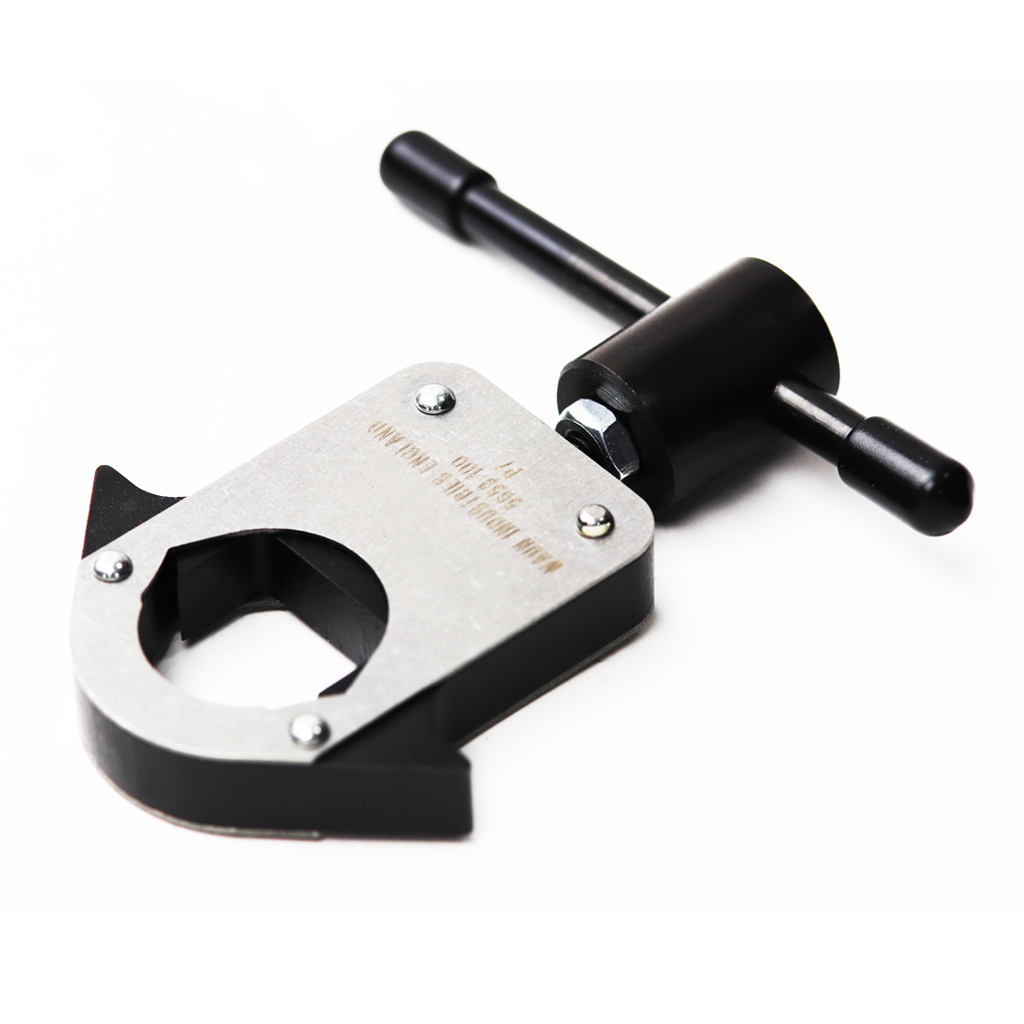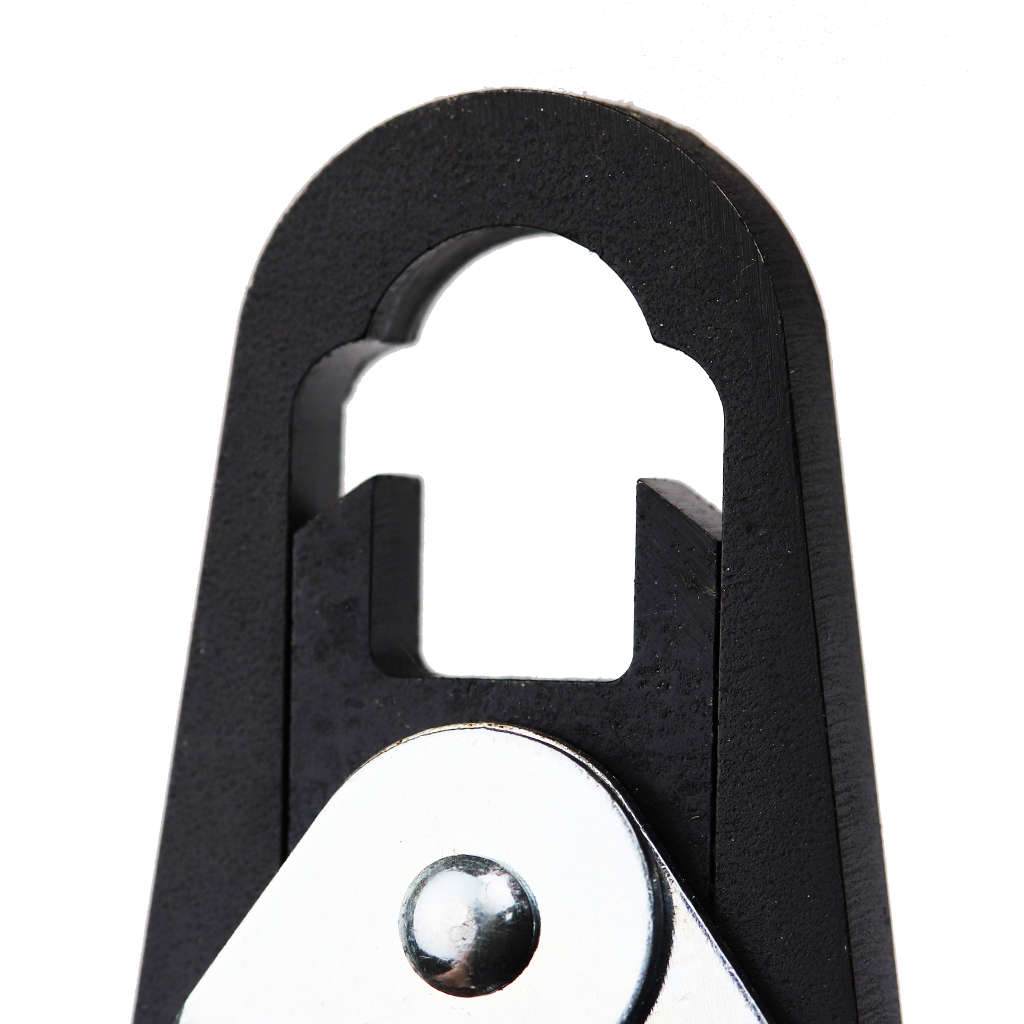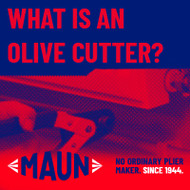What Is An Olive Cutter And How To Remove Olives From Copper Pipe
5th Apr 2024
The best way to remove stubborn olives from a copper pipe without damaging it is with an olive cutter.
But what are olive cutters?
Why are they different from olive pullers?
And are they the same as an olive splitter?
In this blog, we’re going to tell you all you need to know about this handy tool, so you can get your hands on the right pair for you.
What is an olive cutter?

An olive cutter (also known as an olive splitter) is a hand tool that uses two sharp blades to cut an olive off a copper water pipe. They can also be used to cut off rings and ferrules.
Unlike an olive puller which can damage the underlying copper pipe work, an olive cutter lets you perform a very accurate cut, so you can remove the olive without damaging the rest of the pipe.
Olive cutters come in two different types, a plier type and a screw type. The plier type is best if you have space to work with, whereas the screw type is best for small spaces.
Used in compression fittings on copper water pipes, olives, rings or ferrules can be tricky to remove. But not anymore - an olive cutter is the quickest and most reliable way to remove them without damaging the copper tube.
In other words? They’re a plumber’s best mate. Especially when they’re nimble enough to use over and over again. Essentially, they make a tough job effortless. Handy!
And you can choose from a variety of olive cutters right here.
How do you remove an old olive from a pipe using an olive cutter?
Watch our video to learn how to remove an old olive from a copper pipe, using the Maun Olive Cutter:
Here's how to remove an old olive using an olive cutting plier:
- Unscrew the compression fitting and slide back the nut to reveal the old olive.
- Attach the olive cutters and align the blades over the olive.
- Squeeze the handles to cut through the olive.
- Remove the cutter and remove the old olive.
To use a screw type olive cutter, the process is the same, except you screw the tool to cut instead of squeezing.
Olive cutters vs olive pullers

Olive pullers do what their name suggests – they pull an olive from a pipe. But as olive-removing methods go, this isn’t the best of them. By pulling, rather than cutting, an olive puller often causes damage to the underlying pipe. In addition, they’re time-consuming tools and can be tricky to use in tight spaces.
At the end of the day, the easiest way to remove an olive is with an olive cutter. Available in different sizes to match differing pipe diameters, they are more reliable and more accurate than any other olive remover. Perhaps best of all, they do not deform a copper pipe, as an olive puller is prone to do.
What are the different types of olive cutter?

Let’s get straight to it. Maun offers two different types of olive cutter.
The more commonly used version is a plier-type tool. Manufactured in high-quality steel, its cutting edges are hardened and tempered to HRC 45. For minimal effort, the tool multiplies the hand force applied by 15 times. It also features comfort grips and is available in two sizes, 15 mm, and 22 mm.
But for tighter spaces, Maun offers a unique, screw-type olive cutter. This benefits from the same high-quality steel construction, with cutting edges hardened and tempered to HRC 45. The tool is easy to use. Just centre the olive on the tool and a few quick turns of the handle will split the olive from the pipe. Again, this tool is available in two sizes, 15 mm, and 22 mm.
Why Maun olive cutters?

The product of more than 75 years of tool-making experience, our olive cutters are designed for minimal effort and accurate cutting without damage or swarf.
So,
what are you waiting for? Get your hands on a pair of our tried and tested
cutters today. You can browse our selection
here.
Browse Related Pages:
- Cutters
- Wire Cutters
- Side Cutters
- End Cutting Pliers
- Heavy Duty Wire Cutters
- Side Cutter Parallel Pliers
- What are Side Cutter Parallel Pliers?
- What is an Olive Cutter
- What are Diagonal Cutting Pliers?
- What are End Cutting Pliers?
- What are Fencing Pliers and How to Use Them
- How to Cut Hard Wire?
- How to Cut Laminate Flooring
- Best Wire Cutters
- Best Side Cutters
- Best End Cutters
- How to Cut Up Mattress Springs
- Best Fencing Pliers
- How To Cut Wire with Pliers

